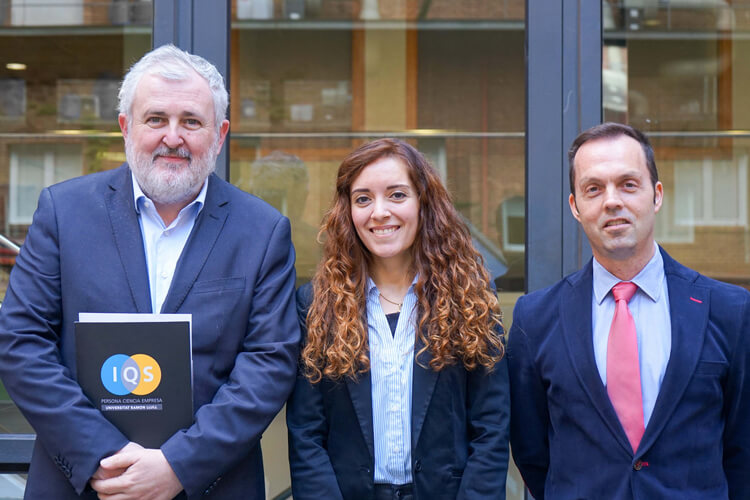Restoration of Cultural Heritage Objects Affected by Corrosion
Numerous objects made of ductile metals can be found among cultural heritage. They can be affected by corrosion issues, which poses important challenges when it comes to properly conserving them. Despite the studies dedicated to understanding the degradation of these types of materials, there is still a lack of consolidated protocols for properly restoring them. It should be noted that corrosion resistance does not only depend on the chemical environment, but also on the type of metal, the mechanical forces, and the physical parameters involved, which increases the need to develop specific restoration alternatives.
This is the case with cultural heritage objects that have been built with lead. Deterioration issues are present with this metal, especially when the objects have been in contact with wooden elements. VOCs – volatile organic compounds – are one of the main nemeses of lead and, in addition, are present in wood, paper, varnishes, and so on, all of which are very common in infrastructure environments such as museums.
Within this context, the study conducted at IQS by Dr Patricia Giménez Barrera in her doctoral thesis, under the Materials Engineering Group (GEMAT), aimed to provide a new approach to conserving and restoring ductile metals to protect the integrity of cultural heritage objects.
Entitled “Novel protocols in the restoration of corroded Pb metals from Cultural Heritage artifacts,” Dr Giménez’s thesis was supervised by Dr Salvador Borrós Gómez, coordinator of the GEMAT group, and Dr Sergi Colominas Fuster, professor with the Department of Analytical Chemistry, researcher with the Electrochemistry and Bioanalysis Group (EQBA), and an expert in the degradation of materials due to corrosion.
New ductile metal restoration methodology
Traditional surface cleaning or stabilization techniques present a series of problems that hinder the restoration process for metal objects. As an alternative, this thesis sought to test an alternative method using cold plasma. This technique makes it possible to optimize the treatment time thanks to the rapid kinetics of the plasma species and, at the same time, avoids the risk of creating by-products to the metal, providing an improvement over the traditional techniques used in the field of artistic conservation.
To verify this new restoration protocol, Dr Giménez first carried out a simulation of the corrosion of these heritage objects in the laboratory, with lead samples exposed to the gas phase of different aggressive solutions and with varying concentrations. Traditional treatments for cleaning corrosion, such as chemical baths or electrolytic reduction, were carried out on some of the corroded samples.
Other samples were subjected to the cleaning methodology based on the use of cold plasma – a reactive ionizing gas in which ions and molecules cool much faster than electrons – using a system previously tested in the GEMAT laboratories by combining argon and hydrogen. Since the cold plasma generates reactive species, its interaction with the metal surface is highly efficient and presents very fast kinetics that make it possible to optimize the restoration time. In addition, it is important to note that this is a controlled process in terms of parameters such as gas composition and flow, intensity, and reaction time.
The tests and samples were analysed and characterized using different microscopy techniques, X-ray photoelectron spectroscopy, and electrochemical impedance spectroscopy.
Through the tests conducted and the solid results obtained, it was proven that the use of cold plasma is a good alternative for the removal of corrosion layers from metal objects, resulting in a much more efficient restoration technique for heritage assets, especially for metals in a critical state of conservation.
Related publication
Patricia Giménez, Sergi Colominas, Salvador Borrós, Electrochemical impedance spectroscopy evaluation of non-thermal plasma restoration for ductile metals in cultural heritage artifacts, Plasma Processes and Polymers, 2023.


